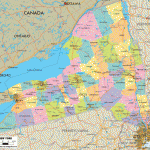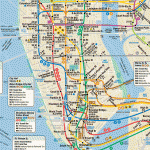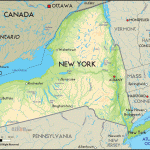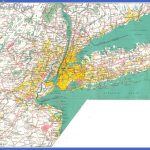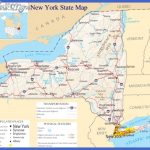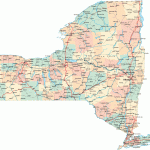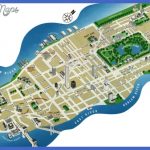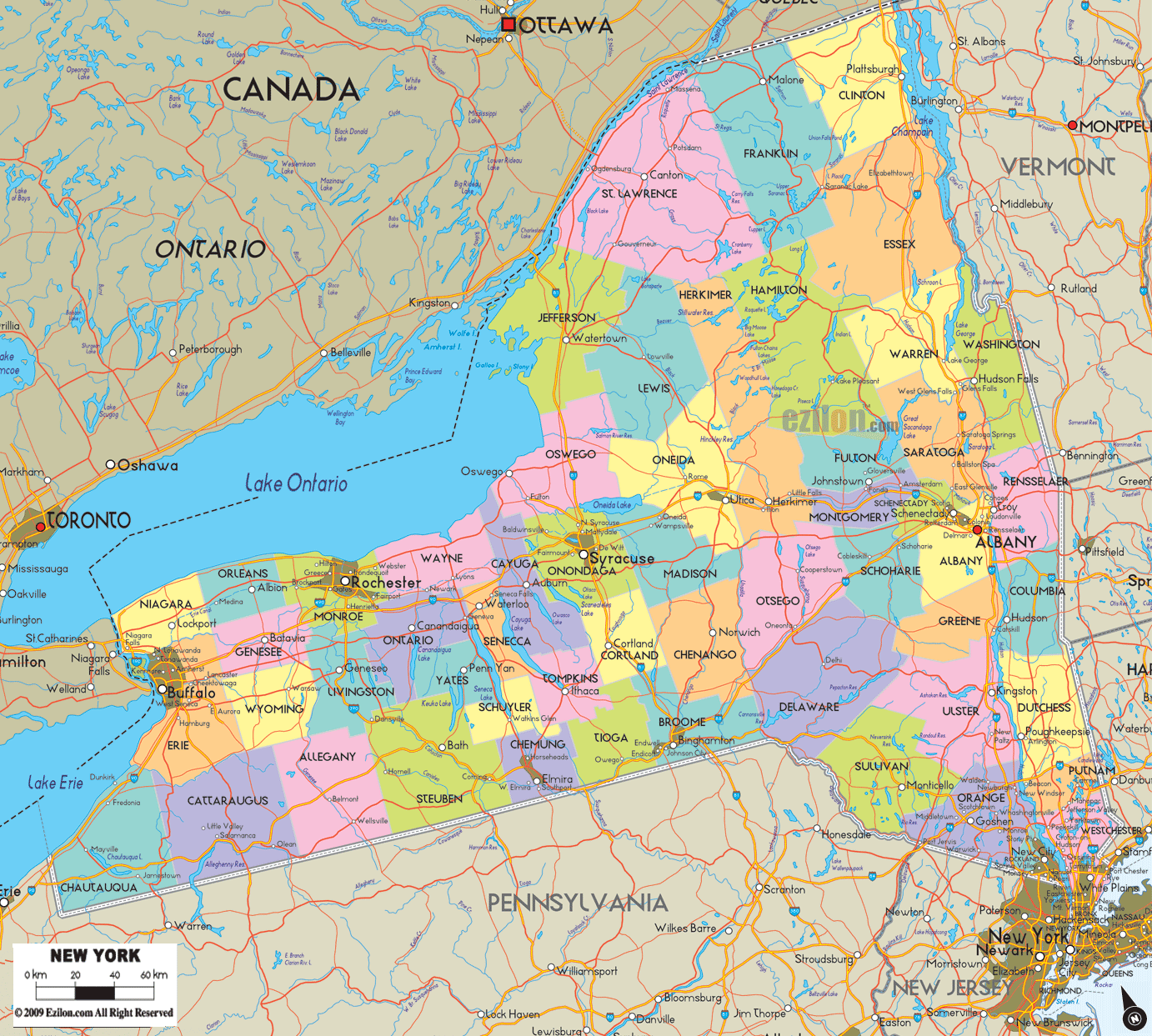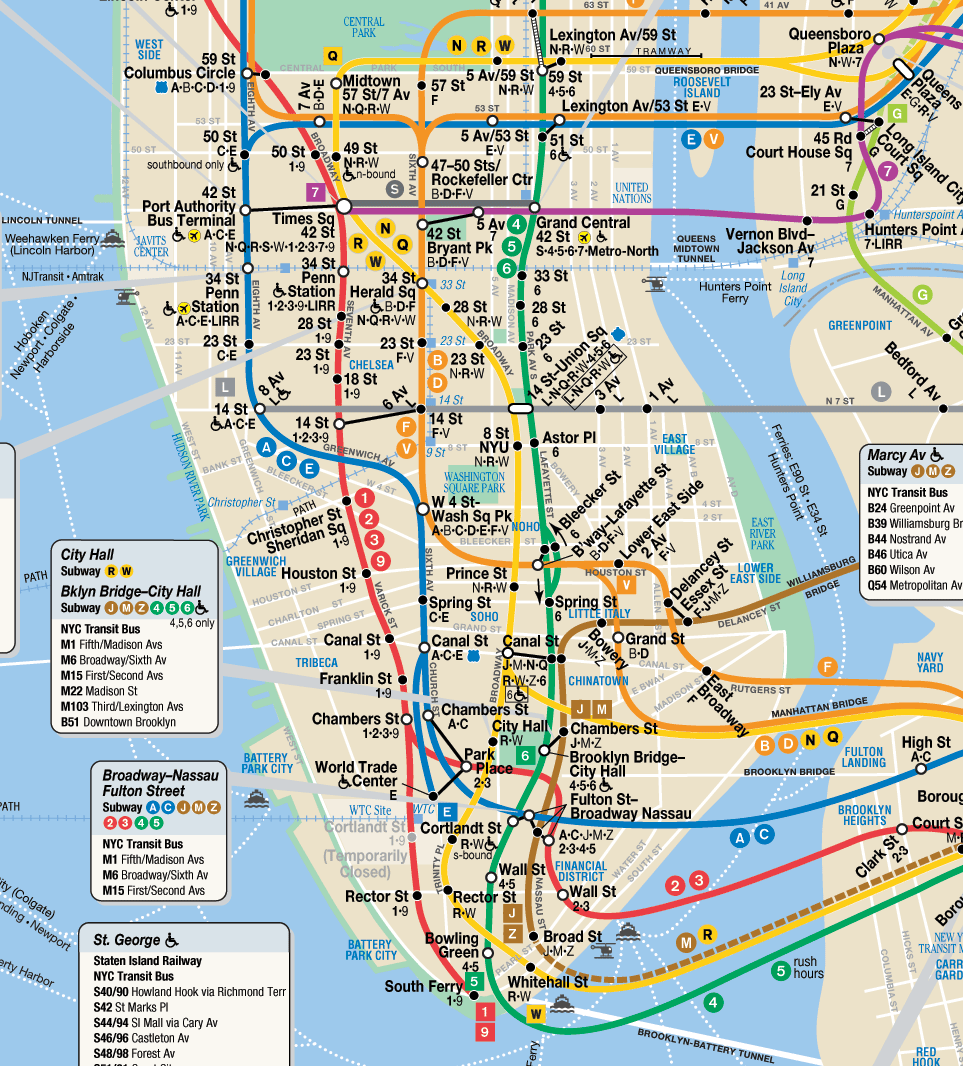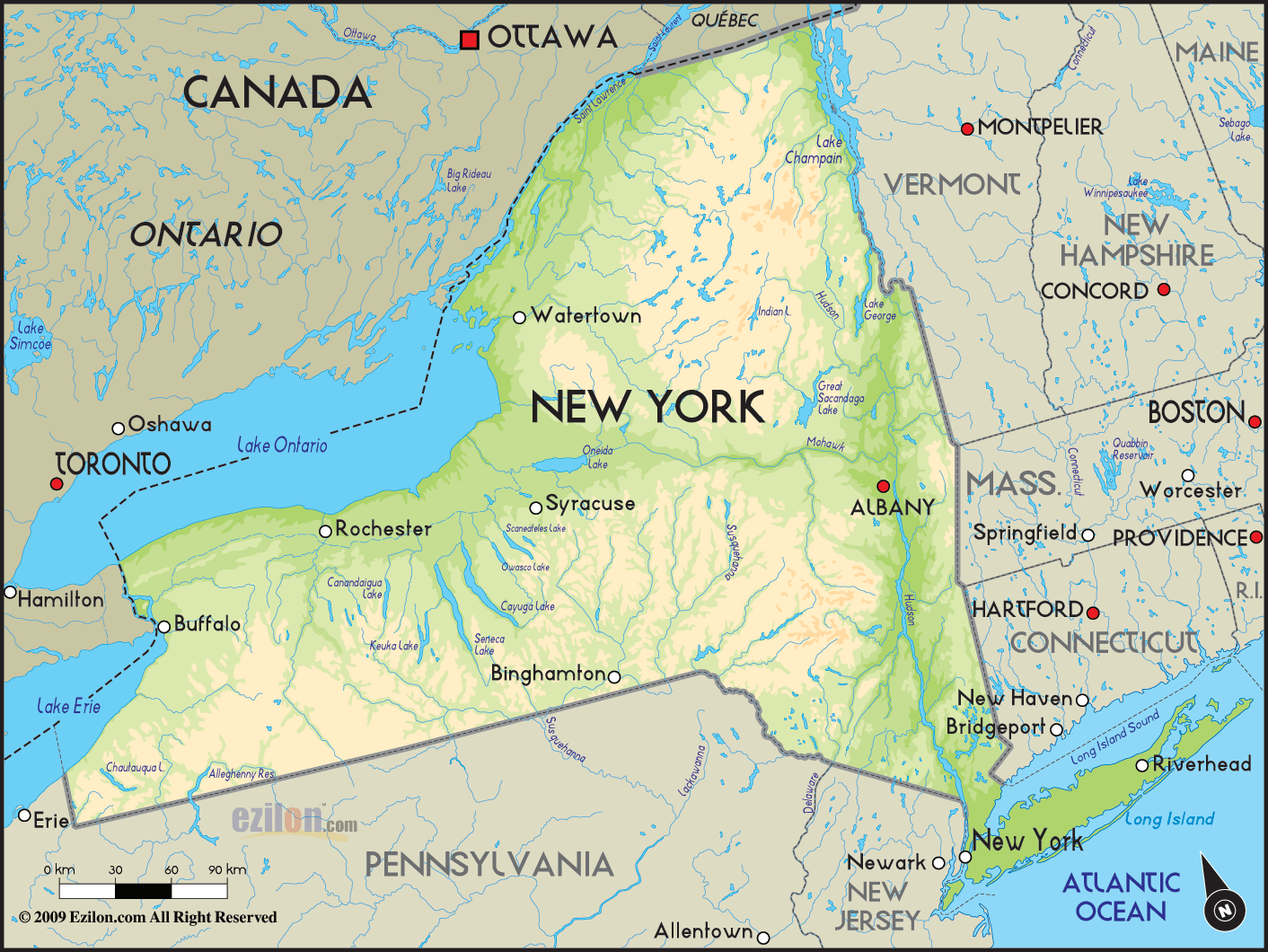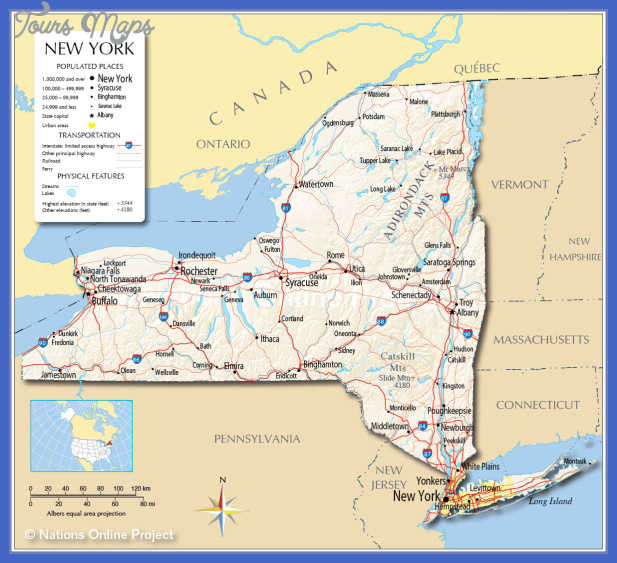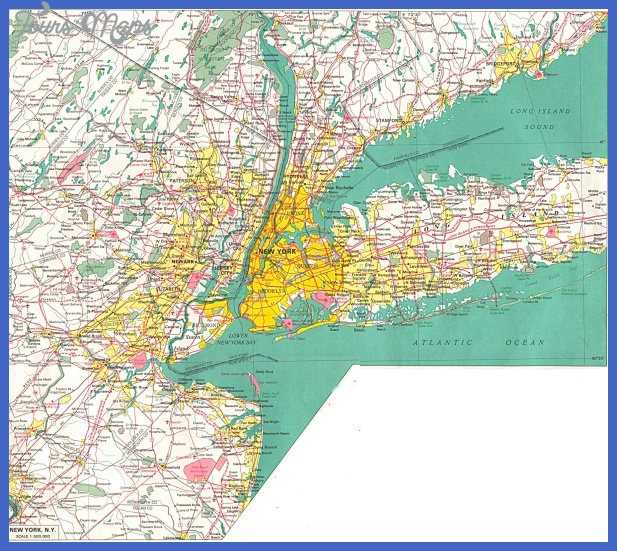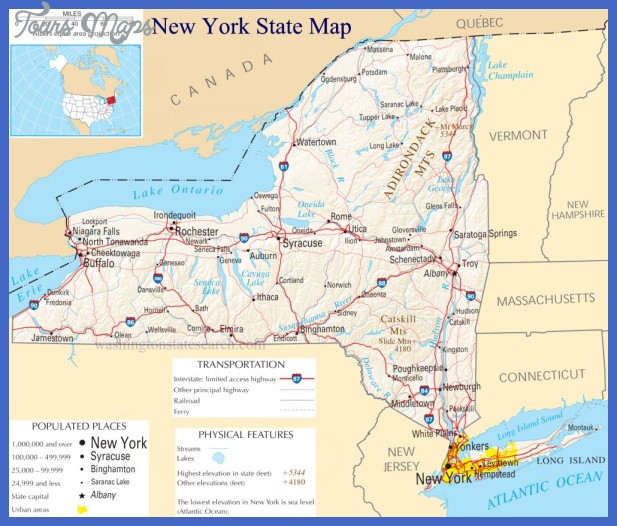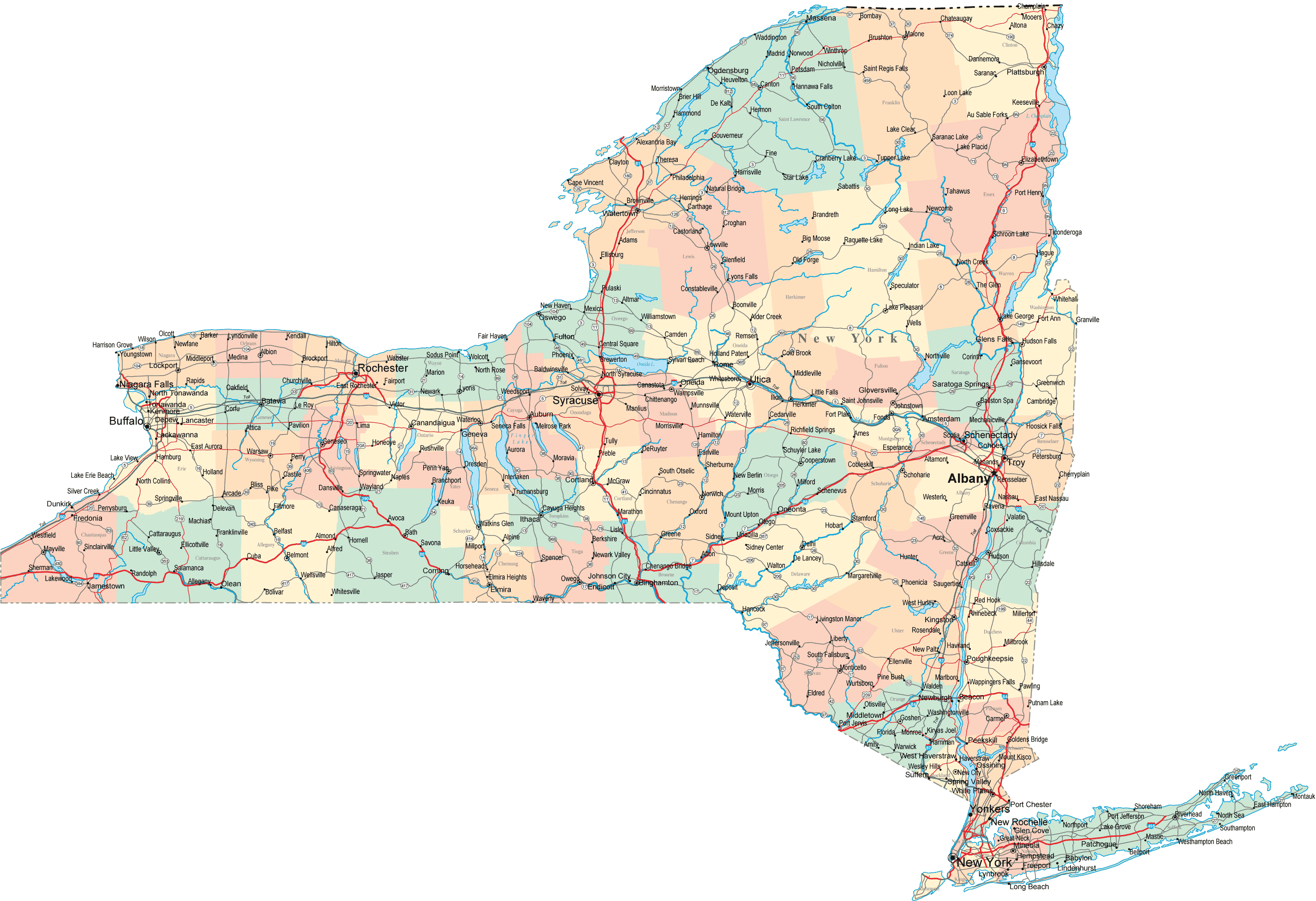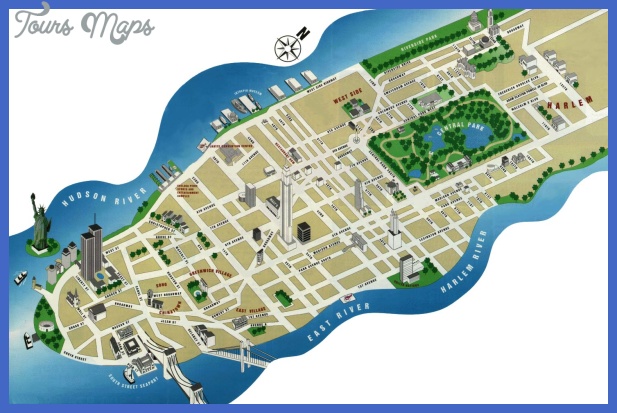New York The Latino Entrepreneurial Spirit
From the start, Latinos in New York have contributed to the economy mostly as laborers and semiskilled workers, though a small sector composed of professionals and small-business owners has always been present too. Unfortunately, despite the passing of time and the transformation of the state’s economy, the proportion of Latinos holding blue-collar and white-collar jobs remains remarkably similar now to what it was at the beginning of the twentieth century. From that time on, earning a living depended on firms hiring Puerto Ricans, Cubans, and
Latinos from other nationalities, though economic opportunities were also generated by Latinos themselves.
The clustering of Latinos in a few areas of the city allowed them to develop a sort of enclave economy, where Latinos created a demand for goods and services supplied by other Latinos. In the latter part of the nineteenth century, the clustering of enough Latinos in the Lower East Side and Chelsea sections of Manhattan gave shape to a business district where mostly Spanish- and Cuban-owned cigar factories predominated. During the early decades of the twentieth century, Latinos arriving in New York first secured houses or apartments for their use, but they also rented to others who came after them, whether the latter were relatives or fellow countrymen. Lodging became both a source of income to many households and a vital service that eased the transition to the city for those who migrated after the pioneers. Restaurants and bakeries were among the first business ventures sprouting in the Latino barrios. Groceries stores (bodegas), pharmacies (boticas), botanicas (dispensing objects associated with religions rooted in Africa), and music stores also made their appearance early on. These types of businesses generated employment for family units and other members of the Latino community.
Evidently, such businesses played more than just an economic role, as they served as places where migrants could meet, use their vernacular, exchange information on available opportunities, and express their nostalgia by talking about news from their country. Restaurants also appealed to and reinforced a sense of ethnic coherence. No one could escape the lure of wafting smells crisscrossing the streets of El Barrio. The unmistakable Puerto Rican eateries (known as cuchifritos) attracted Latinos who succumbed to the taste of traditional dishes such as pasteles, pierna de puerco, bacalao guisado, arroz con gandules, papas rellenas, surullitos de maiz, alcapurrias, and pastelillos.
Since those early years El Barrio has been a hub for commercial activity. All sorts of businesses popped up along thoroughfares such as Third and Lexington avenues and 116th Street. La Marqueta an open-air market built by Mayor Fiorello LaGuardia’s administration in 1936 to accommodate in one place the many vendors dispersed on sidewalks came to constitute the shopping venue that all Puerto Ricans and other Latinos chose. Although La Marqueta is today just a feeble reminder of its former self, it is worth remembering that for over 50 years it was a rallying place for Puerto Ricans from El Barrio and beyond, where they could find miscellaneous goods, but especially clothes and foods such as plantains, mangoes, coconuts, batatas, and bacalao. The area from 111th to 115th streets along Park Avenue used to come to life every day with the bustling activity of vendors not all Latinos, but willing to speak enough Spanish to engage costumers searching for a bargain. Latinos from outer boroughs would come by subway to haggle for goods that they might find only in their country of origin.
The contribution to the city and state economies through Latino business ownership has expanded geographically and in quantity over the years. As of 2002 the number of Latino-owned enterprises in New York State reached 163,588, generating revenues in the amount of $12.3 billion. Most of these establishments were related to construction and services such as health care, retail trade, and transportation. Out of the total number of businesses, 31,658 were Puerto Rican-owned, followed by 13,011 owned by Mexicans and Mexican Americans, and 6,212 owned by Cubans. The remaining businesses, about
112,000, belonged to members of other Latino subgroups.9
The evolution of Spanish-language TV and radio stations in New York partly Latino-owned reflects the size of the market for publicity in Spanish Language. The 1980s saw the transition to 24-7 television in Spanish. Univision and Telemundo, the parent companies controlling the two major New York City TV stations, have fed their audiences with a steady diet of telenovelas, reality shows, some news, and little public service. The seven radio stations covering the Latino market in AM and FM reach various audiences by offering different musical genres for example, romantic, salsa, merengue, reggaeton, and bachata news, and talk shows. Two new stations were created in 2007, specifically targeting Mexicans (92.7 FM) and Dominicans (94.5 FM).
Latino Evangelicals have their own 24/7 station, Radio Vision Cristiana, 1330 AM. For over a decade now, the show known as El Vacilon de la Manana, aired on 97.9 FM, has enjoyed the highest morning radio rankings, sometimes surpassing Howard Stern’s program. Like Howard Stern’s radio show, El Vacilon entertains with lewdness and bigotry. Among radio stations, WADO 1280 AM is the leader. Its Spanish programming begun in 1964 and broadcast from 5 a.m. to 8 p.m. is geared toward Cuban exiles. In 1973 WADO became a 24-hour station, keeping over the years the same basic format of news, variety talk shows, and advice on health and beauty. With the growth of the Latino community throughout the state, WADO expanded its coverage and became the dominant Spanish-language station in the 1990s.10
New York Map Photo Gallery
Maybe You Like Them Too
- Explore Nevestino, Bulgaria with this Detailed Map
- Explore Pulau Sebang Malaysia with this Detailed Map
- Explore Southgate, Michigan with this detailed map
- Explore Les Accates, France with this Detailed Map
- Explore Góra Kalwaria, Poland with this detailed map

